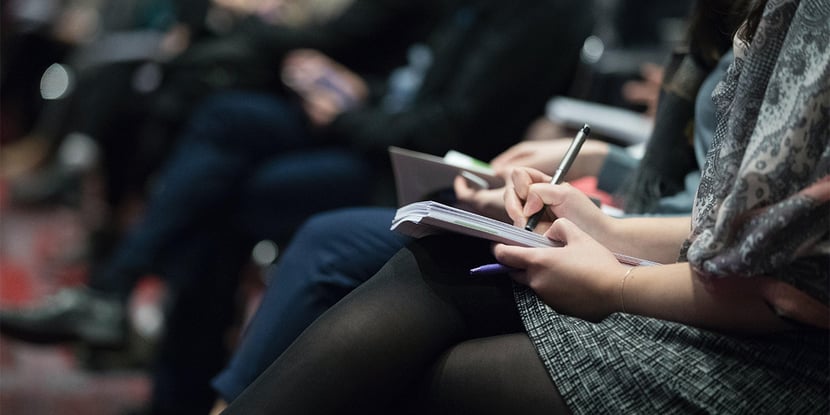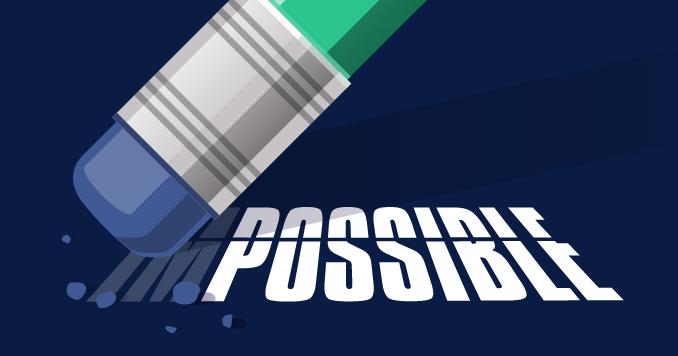A word’s meaning and its ability to inspire can often be limited, open to interpretation, and manipulation. As readers seeking trustworthy opinions and concepts, who can we rely on to communicate factual ideas, and support a sustainable future for journalism in our digital age? The answer involves a partnership, one that safeguards against misinformation, allows access to information for everyone, and ensures those hungry for empowering knowledge are never starved for truth. At PressReader, we believe those partners are publishers and libraries.
Co-pilots on a mission
Assuming, as we all do, that quality content deserves compensation, what is the mission of journalism today? According to the American Press Institute, journalism’s mission is to “provide citizens with the information they need to make the best possible decisions about their lives, their communities, their societies, and their governments.”
The News Media Association in the UK adds that it plays a vital role in a democratic society, and in 1841, Thomas Carlyle called it the “fourth estate”.
“Burke said there were Three Estates in Parliament; but in the Reporters’ Gallery yonder, there sat a
Fourth Estate more important for all.”
Thomas Carlyle,
Scottish historian and essayist
Now, let’s review the mission of libraries.
In the early 1900s, Andrew Carnegie called free public libraries “the cradle of democracy.” Later, in 1941, President Roosevelt said libraries were “essential to the functioning of a democratic society.”
Today, the International Federation of Library Associations (IFLA) states that a library’s purpose is to give everyone the opportunity to learn, grow, and develop. And it explicitly includes people neglected by “economic logic.”
So, if journalism’s role is to be the fourth estate in a democratic society and libraries are equally essential for a democratic society, shouldn’t media companies and libraries work together? Together they’ll achieve the same goal: freedom of the press and access to the trusted sources that matter.
Fact-based journalism is under attack
Over the past few years, press freedom and democratic access to quality, trusted journalism has deteriorated. With greater frequency, those who should be accountable in government and society live outside the media ecosystem entirely, reaching billions of people with whatever lies and propaganda they want to spread through social media and other digital channels.
Media literacy awareness of false narratives gets a lot of press, but not enough attention. And, thanks to all that disinformation streaming in the 24-hour news cycle, the foundation upon which mainstream media was built is crumbling. People trust the media less and are unsubscribing to it more.
Opposing trust realities at work
What we’re seeing are two different trust realities at work: the informed public and the less-informed mass population.
These opposing trust realities are what’s impacting the perception of journalism today. But as we all know, perception is often reality in most people’s minds.
The good news is that traditional media is still at the top of the trust barometer along with search.
So if we can give the masses the tools and trusted information that help them separate truth from lies and make informed decisions about their role in society, we not only improve their media literacy, we help elevate trust in traditional media back to where it used to be — above everything else. And the place to find the masses is - drum roll, please - libraries!
Libraries not only democratize content: they educate people of all ages and help patrons determine what information is trustworthy and what is not.
Media illiteracy has reached a crisis point
CNN’s Brian Stelter once said, “Democracy demands media literacy.” And in 2020, the Democracy Index registered its lowest score in its history.
Sadly, media literacy is on the same trajectory. In 2016, Stanford University reported that most US students couldn’t distinguish credible from unreliable news articles. Two years later, only 2% of young people in the UK had the literacy skills to tell if a news story was real or fake.
In 2019, Stanford’s closed its latest media literacy study with a dire warning.
If ever there was a need for libraries and mainstream media to join forces to fight the good fight for media literacy, it is now.
Libraries not only lead the charge for media literacy and democracy, but they’re also one of publishing’s most important paid content partners
In 2019 over a billion people visited libraries six billion times to borrow nine billion physical documents and 13.1 billion digital resources, on-site or remotely. Also in 2019, PressReader saw over 23 million library patrons read more than a billion articles from nearly 70 million newspaper and magazine issues — content for which publishers received payment by libraries.
Despite all the value libraries bring to the world, some publishers have concerns about working with them. They believe that opening up content to libraries will cannibalize existing revenue streams. But the fact is that the majority of library patrons would never pay for their digital news anyway. They aren’t, and never will be, a publisher’s target market for generating subscription revenue.
The second concern I often hear is that publishers’ content will diminish in perceived value because it is assumed to be free. Actually, the opposite is true. Over a billion people have joined libraries specifically because they value the content and programs offered. They know that library resources aren’t free; people pay for them through their taxes. Sure, it’s a great deal for patrons, but it’s not a free ride.
Let’s dig a little deeper into publishers’ concerns a bit more. According to Reuters 2020 Digital News Report, roughly 13% of us, on average, are willing to pay for digital news; 87% are not. So how likely is it that most library patrons are in the “not willing to pay” category? I would guess, very likely.
Reuters also tells us that only 28% of people prefer to access news directly; 72% get their news from search engines, social media, mobile alerts, aggregators, and email.
I think it’s safe to assume that the 13% who are willing to pay for digital news are from the group which prefer direct access. That leaves 15% of people preferring direct access, but still not willing, or able, to pay for it.
So, who’s willing to pay on behalf of that 15%? Yes, libraries!
Libraries are essential - Full stop!
As guardians of the world’s greatest treasures and arguably their communities, libraries have proven to be essential social infrastructure for people and the global economy. This was especially true during the pandemic when citizens were in lockdown with limited access to trusted information.
Librarians worldwide hit the ground running, working long hours from home, helping people sign on to digital services to access newspapers that kept them informed, and magazines that helped them escape the stresses brought on by COVID-19.
Libraries: HQ in the battle for media literacy
Libraries have the power to change the world, but the battles they face fulfilling their mission to democratize access to content and solve the media literacy crisis is daunting. What can be done to help them?
It comes back to where we started: journalism’s mission. Are we providing citizens with the information they need to make decisions in their lives and society — all citizens? Many publishers we work with are; after reading this article we hope you’ll consider joining the good fight in helping libraries deliver the right content to the right people at the right time through the right channels at the right price.
If you have any comments on this article or wish to learn more about how you can help create a more media literate society and get paid doing it, let’s talk.







